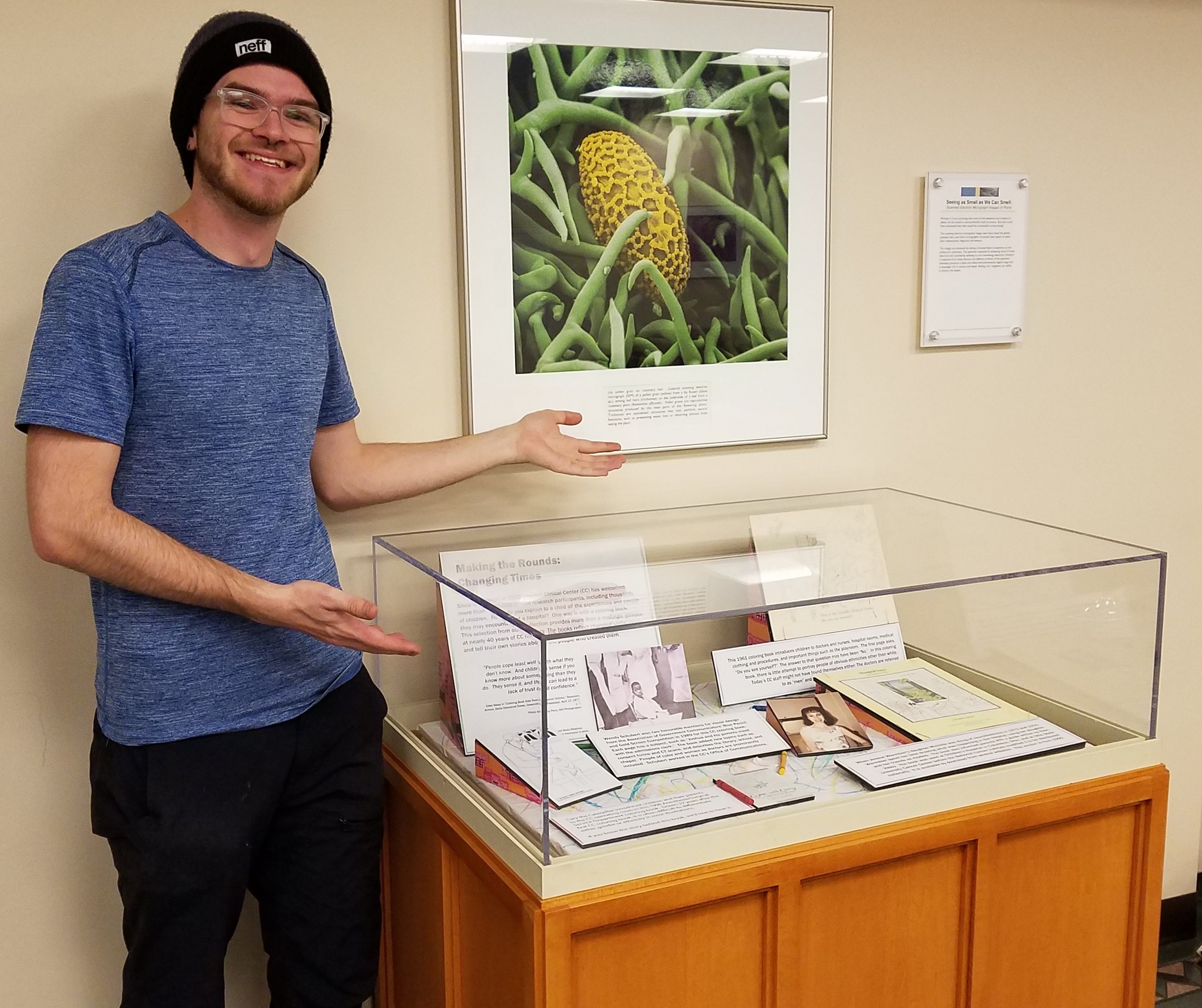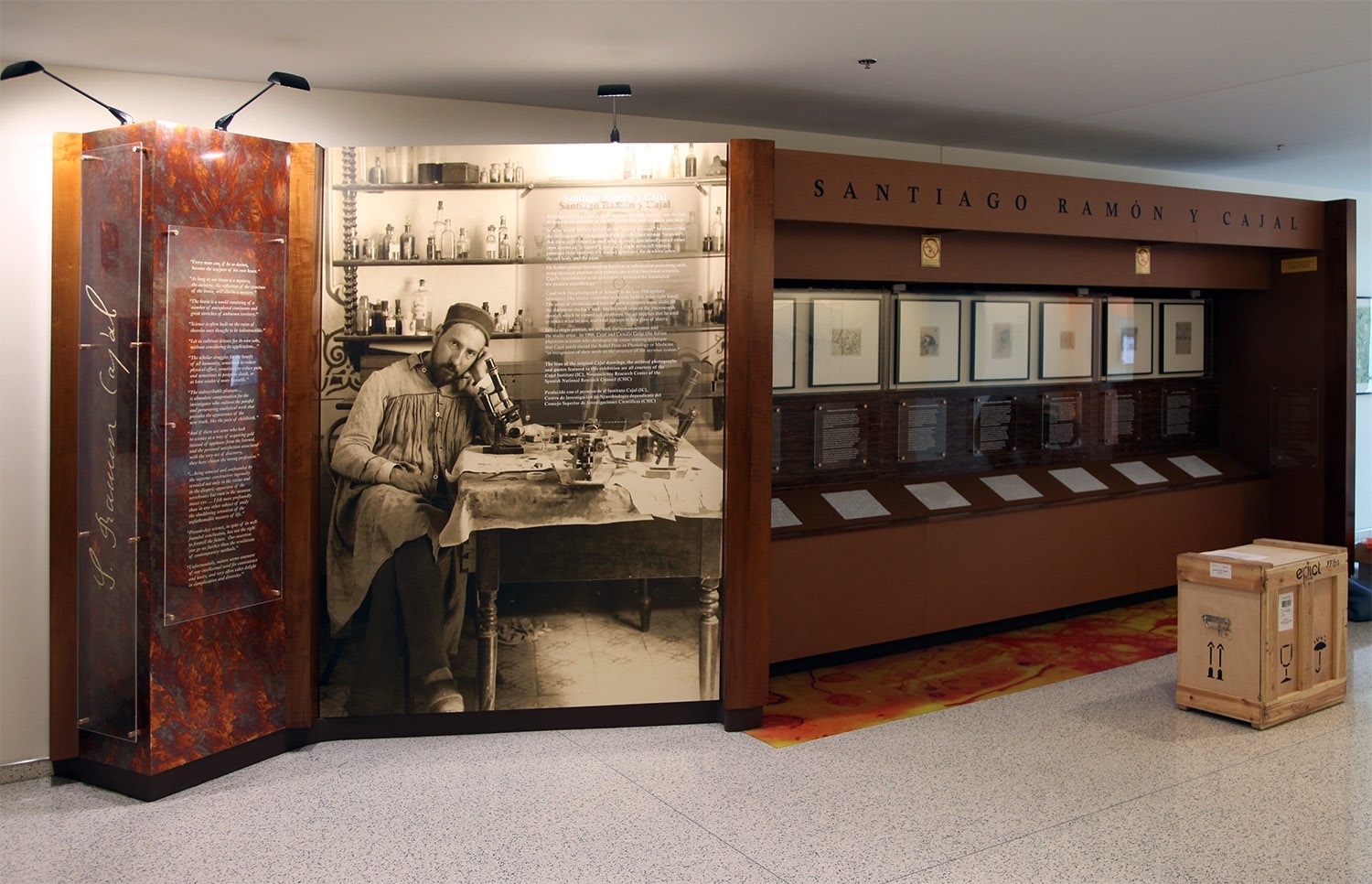Michael Potter Exhibit
“In the 1950s, a ferment of new theoretical ideas on the cellular and genetic basis of antibody formation electrified the field of immunology and began a new age in experimentation. Two problems dominated the thoughts of scientists during most of this decade—the cellular basis of antibody formation (how did it work?) and the genetic basis of antibody diversity (how could the genes in one individual generate antibodies for the thousands and thousands of antigens?). …The pace of research was remarkable. One bridge between fields such as immunology, cancer research, protein chemistry, and molecular biology was the plasma cell.”
—Michael Potter “The Early History of Plasma Cell Tumors in Mice, 1954-1976.”
The DeWitt Stetten, Jr., Museum of Medical Research
70 Acres of Science
The National Institute of Health Moves to Bethesda
Michele Lyons - Curator, National Institutes of Health DeWitt Stetten Jr., Museum of Medical Research
The NIH is the biomedical research organization of the federal government. Why is a government agency located in Bethesda, apparently masquerading as a university? The simple answer is that in the late 1930s, the NIH needed more room and a wealthy couple donated some of their land. The more complex answer involves domestic politics, social reform, international relations, economic depression, scientific advances, and personal ambitions.
Download: 70acresofscience.pdf (12.3 MB)
A journey into NIH's past…and present
New display cases have been installed around campus. Read a comic book about Joseph Goldberger’s work in pellagra in the early 20th century at the Building 1, 3rd floor case. Be amazed at the variety of Clinical Center patches near the Hospitality Desk on the 1st floor of the Clinical Center. Think about the social context of coloring books from the Clinical Center by its 2nd floor cafeteria. And salute a leading woman investigator, Dr. Margaret Pittman, in the Building 60 lobby. Two cases are coming to the Vaccine Research Center, and one to Building 6.
Read More
Current set of seven neuroanatomy drawings by Santiago Ramón y Cajal will remain on rotation in Building 35.
Santiago Ramón y Cajal Exhibit
Current set of seven neuroanatomy drawings by Santiago Ramón y Cajal will remain on rotation in Building 35.






